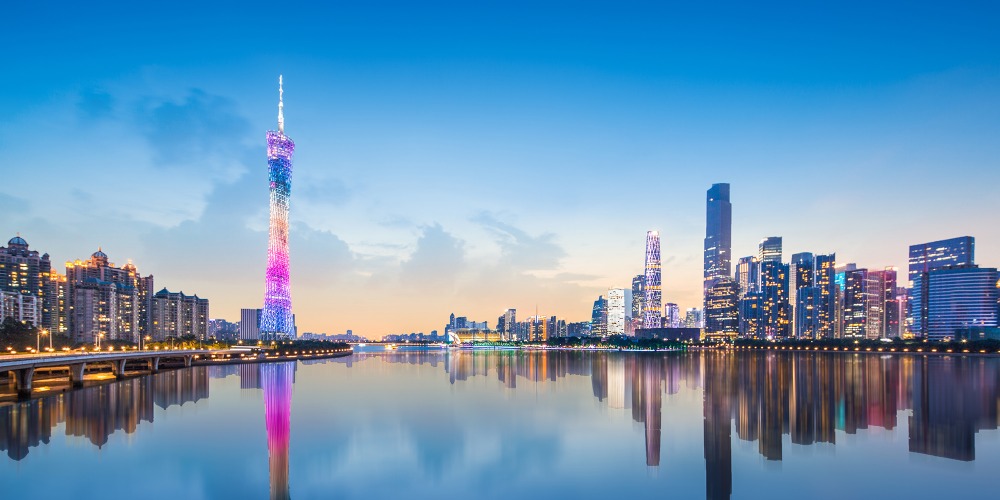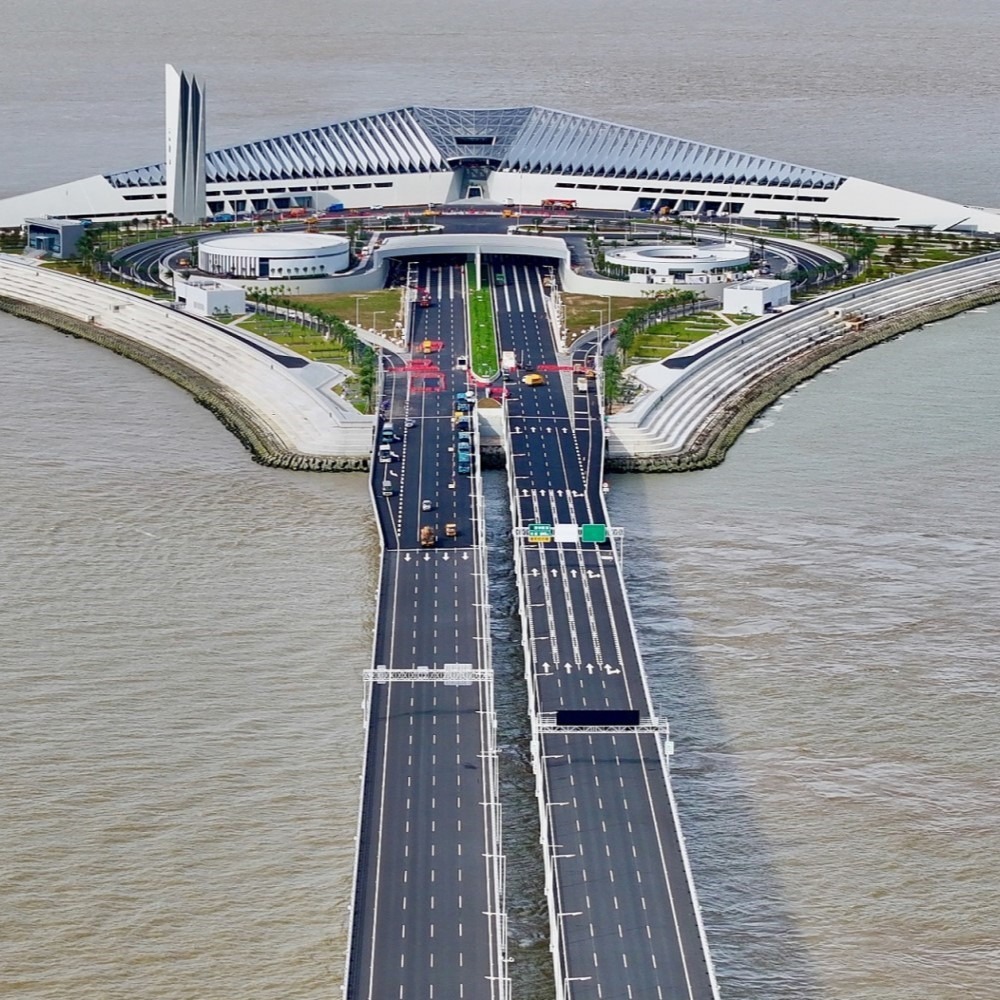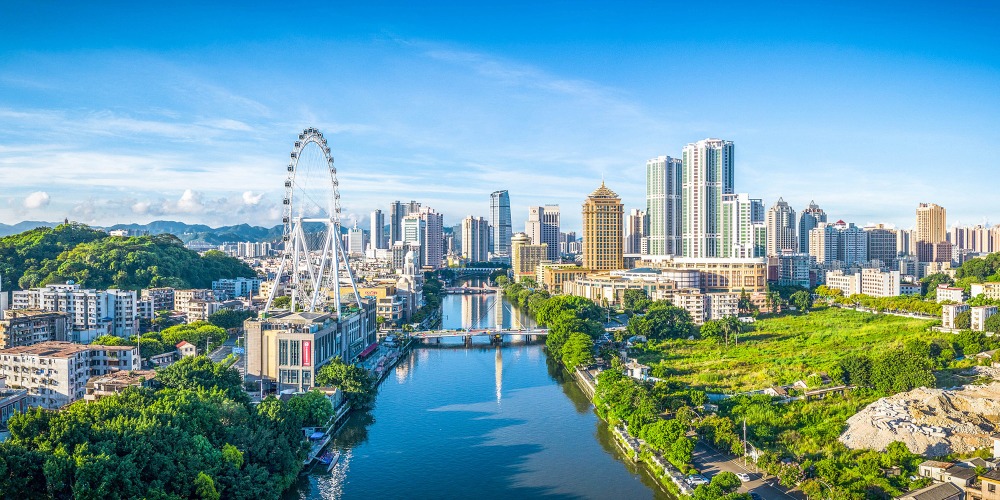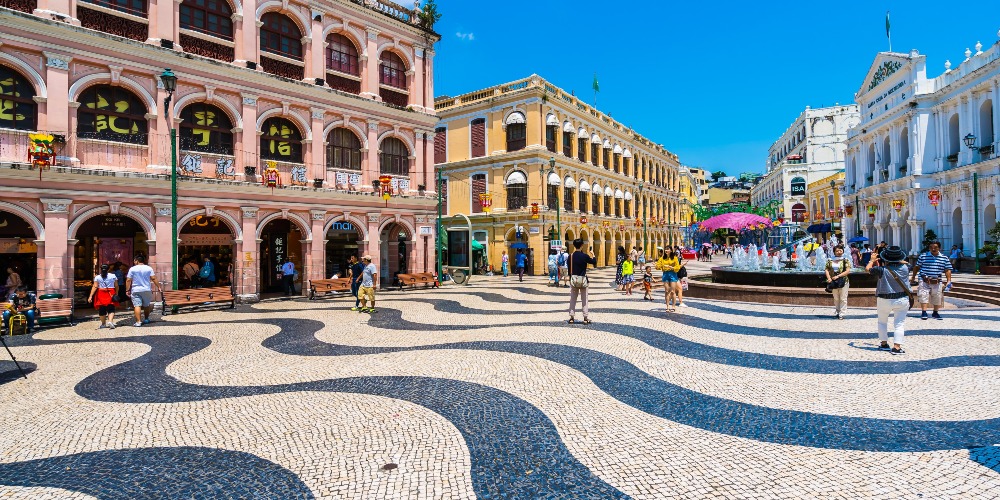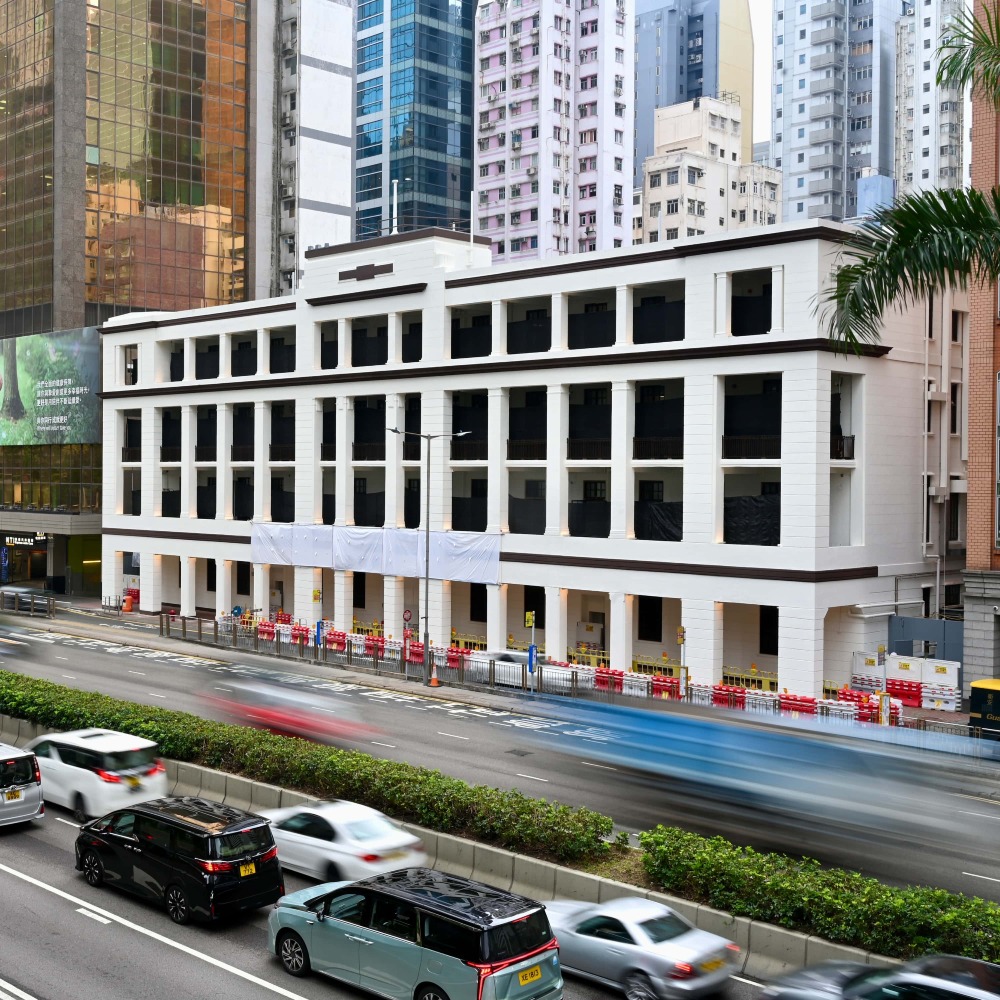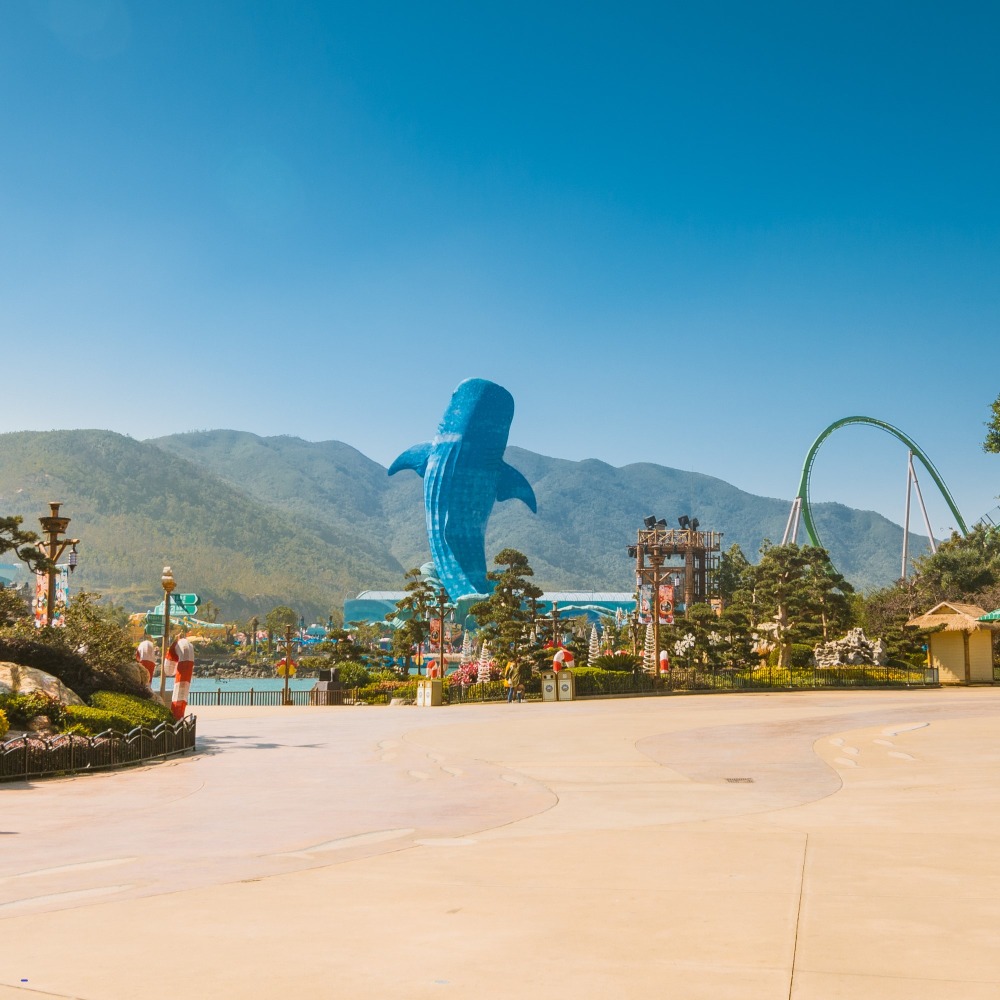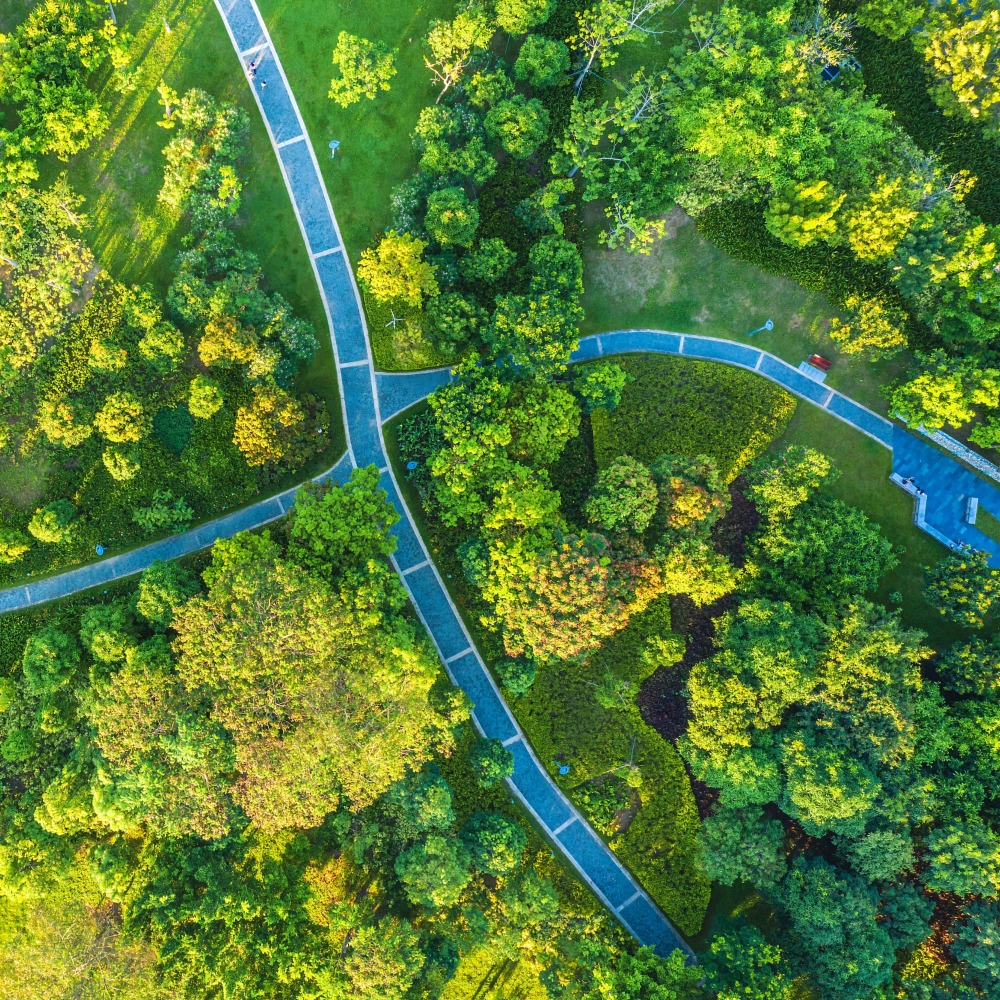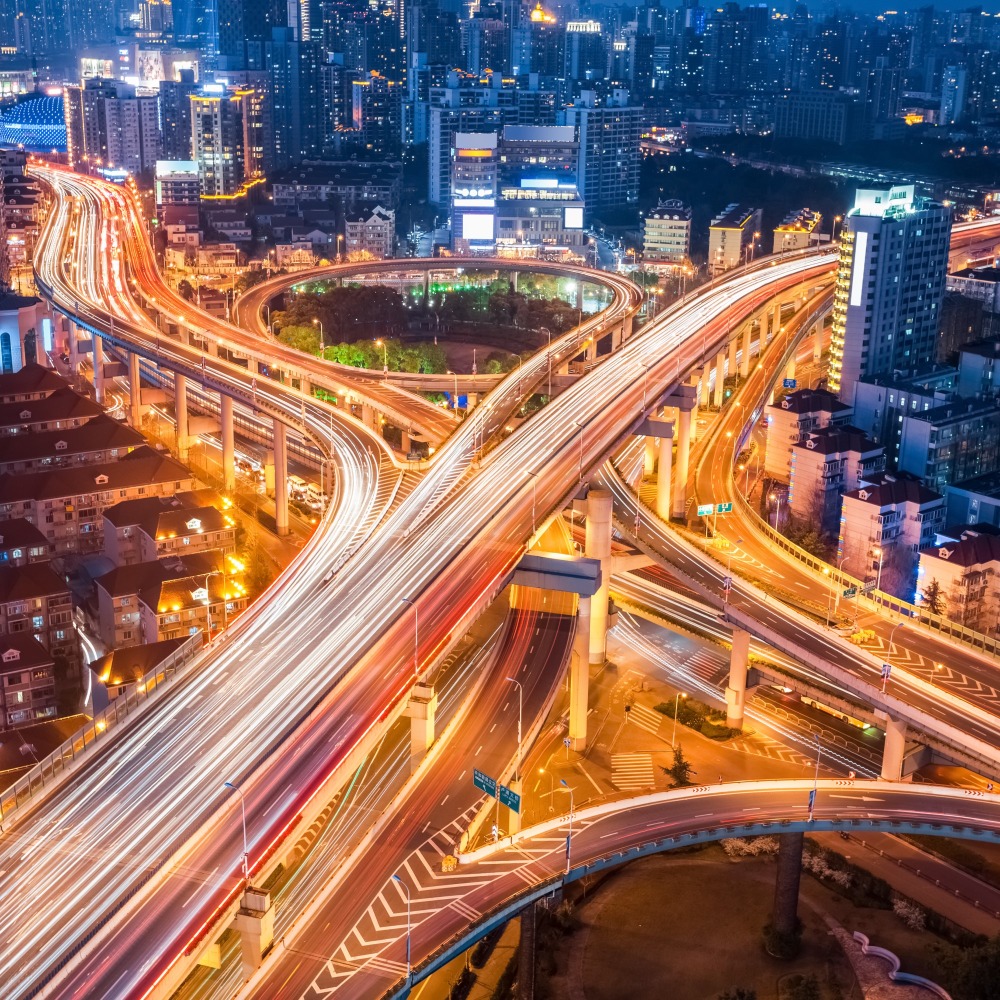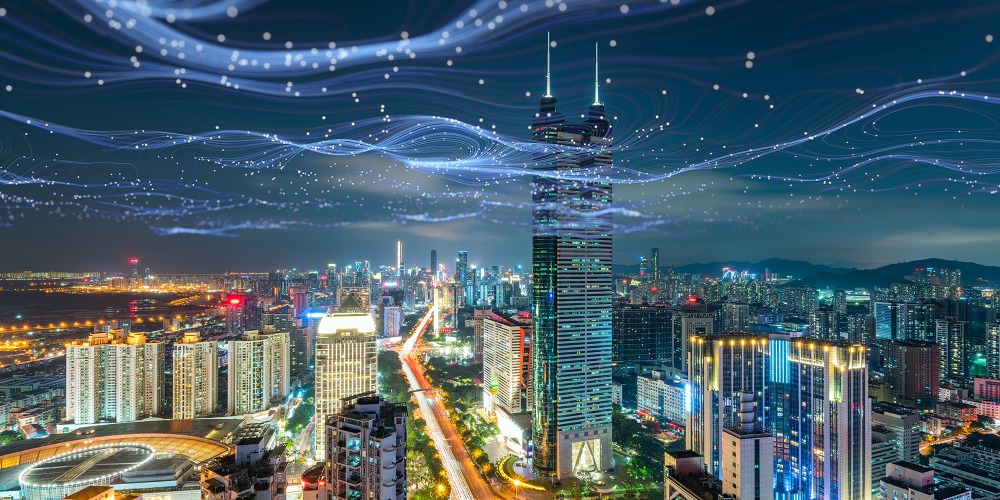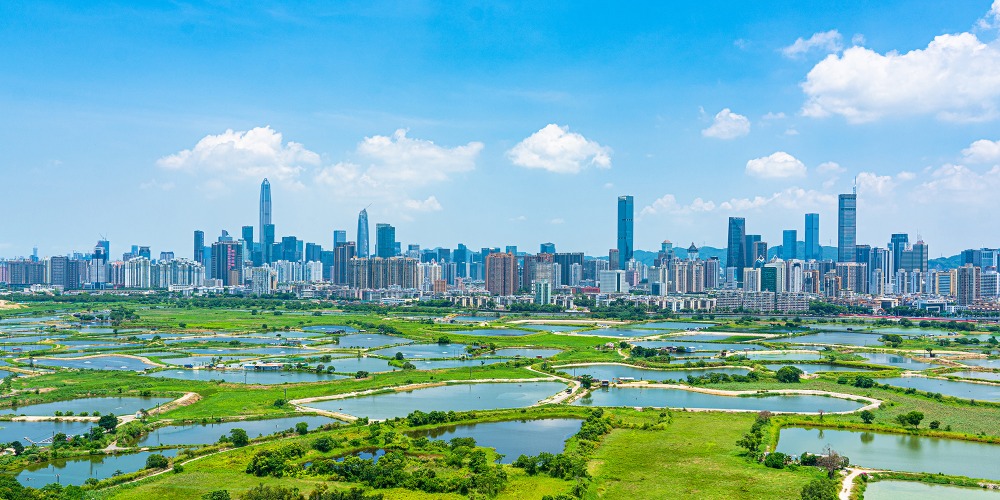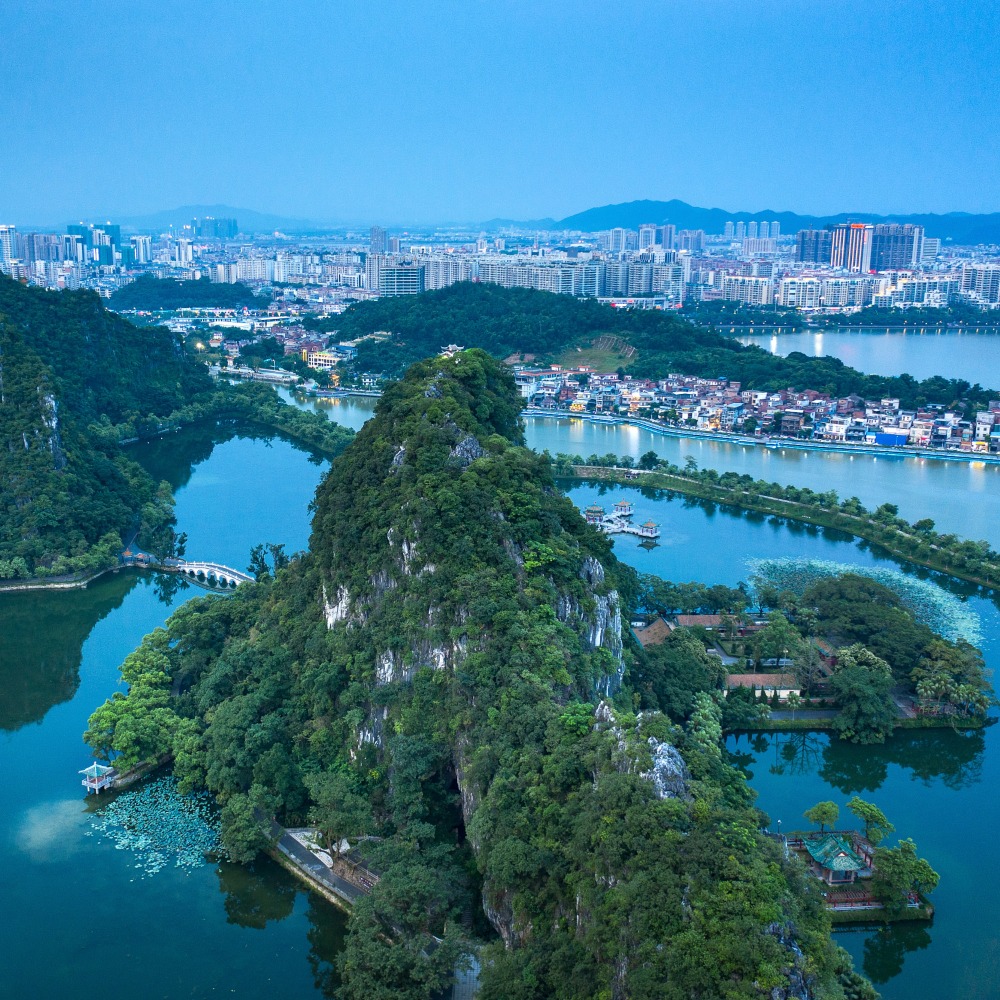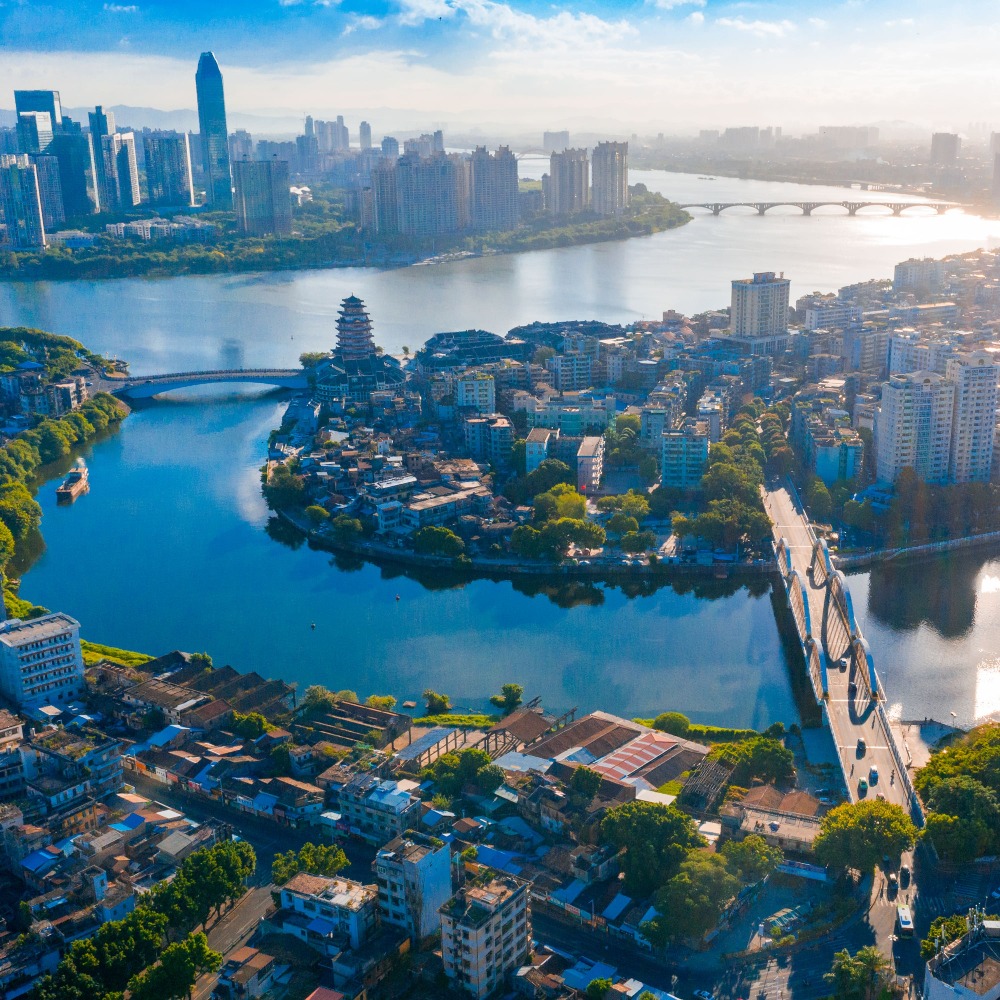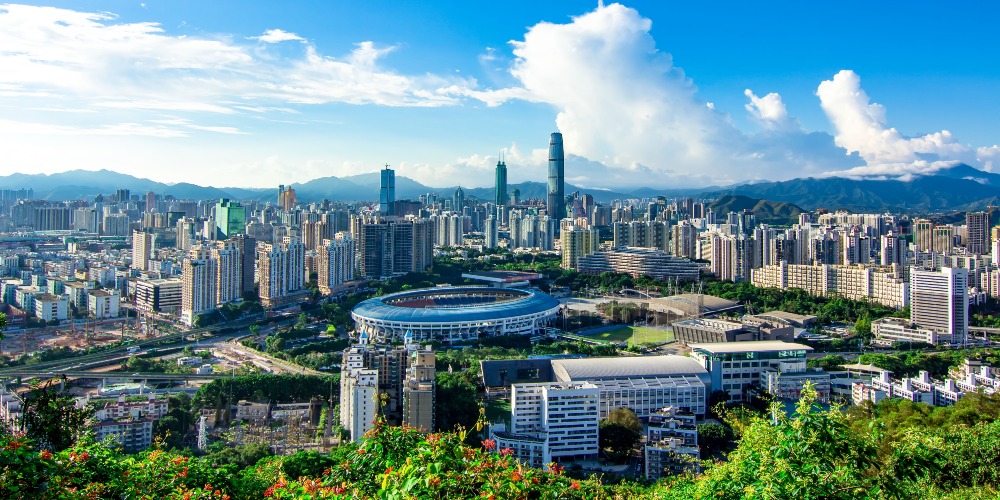Published : 2025-04-02
Did Guangzhou once not belong to Guangdong Province? Where does its nickname "Flower City" come from? This article introduces you to Guangzhou in 5 figures.
2,200 Years of City History
Guangzhou has a history of over 2,200 years. As early as 2,000 years ago, it had already become one of the most important ports in southern China. During the Qing Dynasty (1644-1911 AD), it became a pivotal hub of East-West commerce.
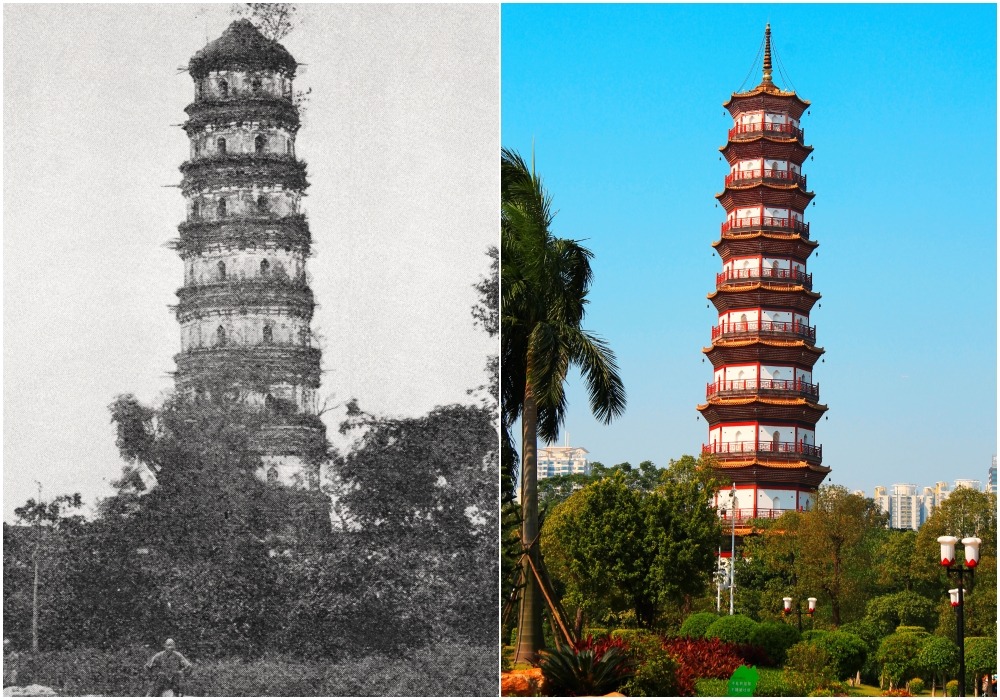
In 1949, Guangzhou was a municipality directly under the central government, just like Beijing and Shanghai today. After the national administrative reorganisation in 1954, it came under the jurisdiction of Guangdong Province.
In 1957, Guangzhou held the first China Import and Export Fair, consolidating its position as an important foreign trade city in China.
In 2022, the total value of Guangzhou's foreign trade imports and exports reached 1.09 trillion RMB, exceeding a historical record.
7,434 sq km
Guangzhou has a total area of 7,434.04 square kilometres, ranking 4th among the 11 cities in the Greater Bay Area (GBA), with a permanent population of over 18.97 million people as of 2024.
The 11 administrative districts each have different positions.
For example, Tianhe District is positioned as the "core functional hub of a national central city and a pioneer in the high-quality development of the modern service industries," while Nansha District serves as the "Demonstration zone of all-round cooperation among Guangdong, Hong Kong and Macao" and an "advanced manufacturing development zone."
42% forest coverage rate
The name "Guangzhou" (廣州) appeared during the Three Kingdoms period (220-280 AD) and has been used ever since.
This city has many other nicknames. In addition to the abbreviations "Sui" (穗) and "Guang" (廣), it is also known as the City of Rams, Flower City, and Five Rams City, etc.
The name "Flower City" originates from Guangzhou's mild climate, which is suitable for growing flowers. This is also the favourite nickname of 80% of Guangzhou residents.

Guangzhou's evergreen, three-season floral environment is not only due to the climate.
In recent years, the Guangzhou government has placed increasing emphasis on ecological and environmental protection in recent years. Notably, the 2023 Government Work Report for the first time dedicated an entire chapter to "ecological priority and green development".
Currently, Guangzhou's forest coverage rate is nearly 42%, with a per capita park green space area of 17.33 square metres; its "Ecological Belt" has a total length exceeding 1,000 kilometres; the annual average concentration of PM2.5 has steadily decreased, from 52 µg/m³ in 2013 to 22 µg/m³ in 2022.
2.8 trillion GDP
As one of China's four first-tier cities, Guangzhou's GDP exceeded 2.8 trillion RMB in 2022, ranking 2nd among the 11 cities in the Greater Bay Area, right behind Shenzhen.
The tertiary industry (service industry) overwhelmingly dominates the economy of Guangzhou, accounting for more than 70% of its GDP.
Among them, service sectors including finance, internet, and innovation technology continue to grow. For the first 11 months of 2022, the operating revenue of scientific achievement commercialisation services surged by 32.9% year-on-year.
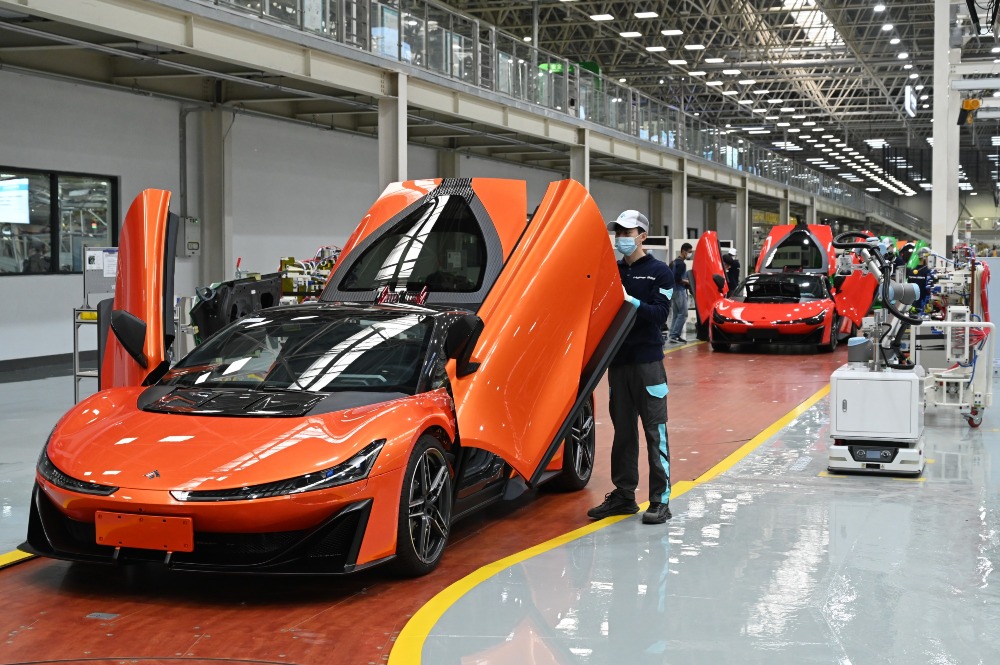
The "14th Five-Year Plan" for the development of Guangzhou's strategic emerging industries indicates that next-generation information technology, intelligent and new energy vehicles, and biomedicine and health industries will become the three major emerging pillar industries.
In the future, Guangzhou will also develop frontier industries such as quantum technology, blockchain, natural gas hydrates, and nanotechnology.
621 km of metro mileage
Guangzhou has one of the most developed subway networks in China, with its first metro line appearing in 1997. The metro system currently operates 18 lines, providing comprehensive coverage across all districts and counties.
The total operating mileage of its metro reaches 621 km, ranking 1st in the Greater Bay Area; nationwide, it ranks 3rd, only behind Shanghai and Beijing.
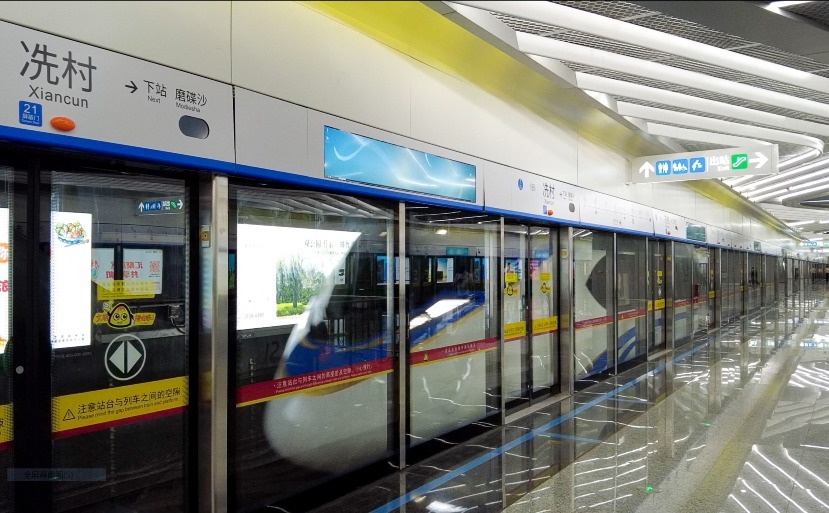
The Guangzhou Metro Line 18, which opened in 2021, set a national record for the "fastest metro line" with a speed of 160 kilometres per hour.
Currently, the rail transit network within the Greater Bay Area is gradually forming a three-tier network of "national railway trunk lines, intercity railways, and urban rail transit."
As one of the core cities, Guangzhou has invested nearly 100 million RMB in research funds in recent years, focusing on the study of a massive integrated "metro + intercity" network spanning nearly 10,000 km, which aims to facilitate the construction of a one-hour living circle.
